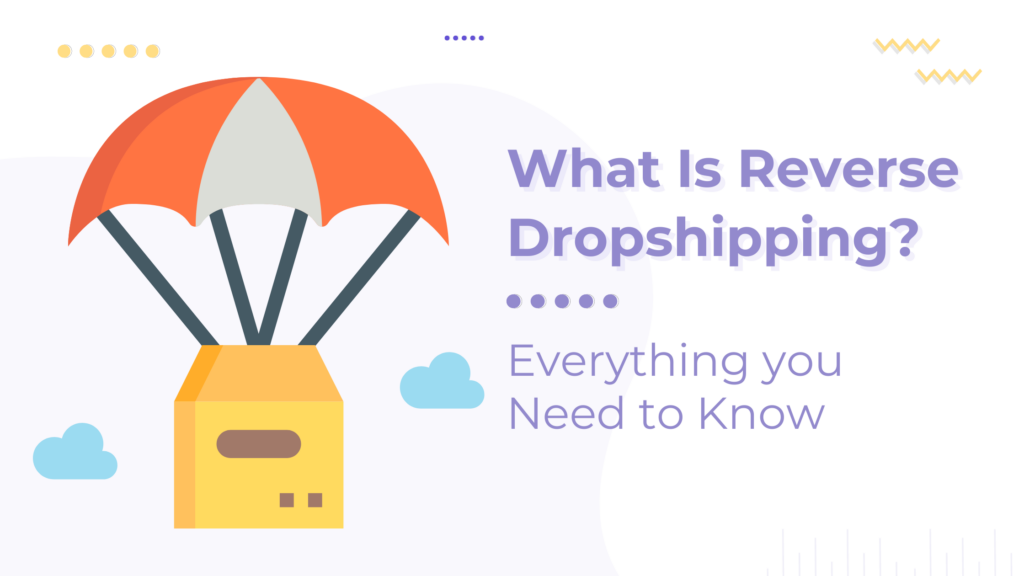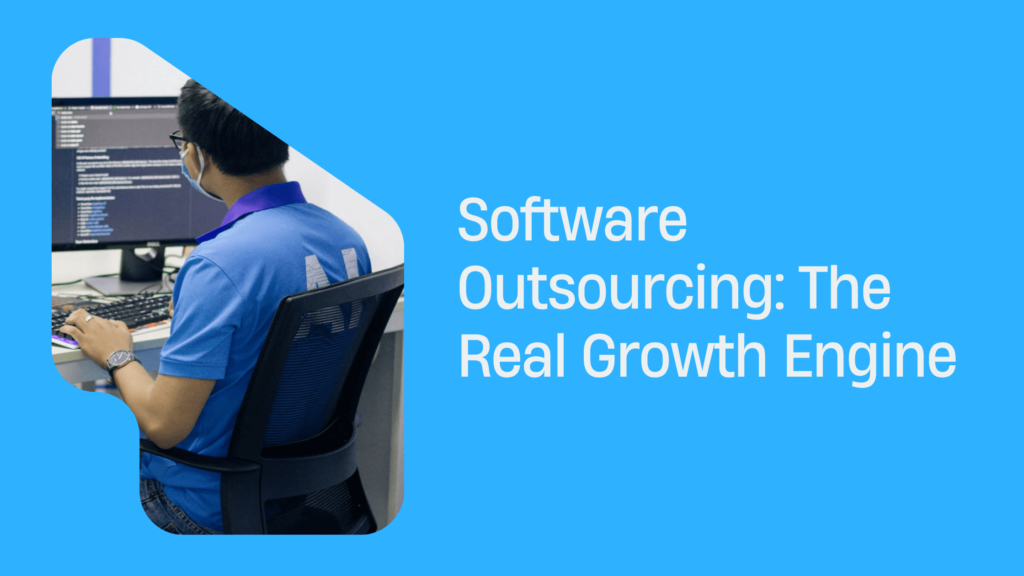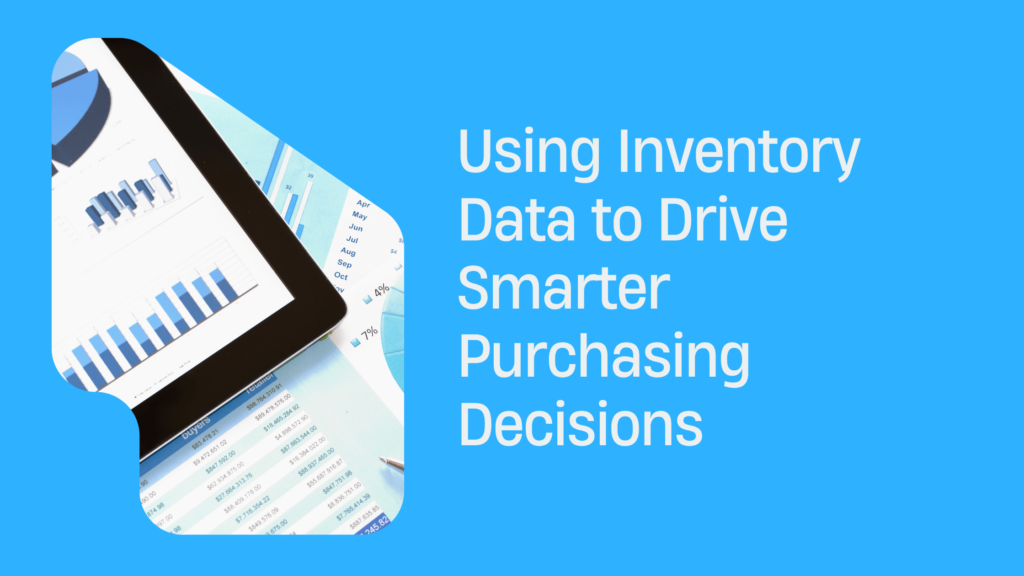What Is Reverse Dropshipping? – Everything you Need to Know
Traditional dropshipping involves retailers sourcing products from suppliers and fulfilling orders directly to customers without holding inventory. While this model offers flexibility and low startup costs, it has limitations such as product quality control and shipping times.
Enter reverse dropshipping, a growing alternative gaining traction among entrepreneurs. In reverse dropshipping, sellers list products they don’t physically possess on ecommerce platforms. Once a sale is made, they purchase the item from a supplier at a lower price and have it shipped directly to the customer.
This model offers several key benefits for entrepreneurs. Firstly, it eliminates the need to invest in inventory upfront, reducing financial risk. Secondly, it allows for greater flexibility in product selection and scalability. Additionally, reverse dropshipping minimizes the risk of unsold inventory, as products are only purchased after a sale is made. However, it’s important to consider both the pros and cons of reverse dropshipping before diving in, as it may come with its own set of challenges.
How Reverse Dropshipping Works
Let’s break down how reverse dropshipping works, which is essentially the opposite of the traditional dropshipping model you might be familiar with. In traditional dropshipping, you source low-cost, often mass-produced items from overseas manufacturers and sell them to customers in developed countries. Reverse dropshipping explains flips this script!
Imagine you’re running a reverse dropshipping business. Here’s the basic workflow:
Source High-Quality Products – You find reliable suppliers in developed countries, known for their high-quality goods. Think of trendy US-made clothing brands or handcrafted leather goods from Italy.
Target Customers in Developing Markets – Instead of selling to customers in developed nations, you target a specific audience in developing countries. Perhaps you identify a growing middle class in India with a desire for unique, high-quality fashion items not readily available locally.
Sell Online and Manage Orders – You set up a beautiful online store showcasing these imported products. When a customer in India places an order, you don’t hold any inventory yourself.
Forward Orders to Supplier – Here’s where the “drop” in dropshipping comes in! You forward the customer’s order details and payment to your reverse dropshipping supplier in the US or Italy.
Supplier Fulfills and Ships – The reverse dropshipping supplier then packages and ships the product directly to your customer in India. You manage the order process and customer service, ensuring a smooth buying experience.
The Role of the Reverse Dropshipping Supplier
Your reverse dropshipping supplier acts as your partner in the developed country. They hold the inventory, handle packaging, and ship the products directly to your international customers. Finding reliable suppliers with experience in international shipping is crucial for your reverse dropshipping success.
Understanding Your Target Audience in Reverse Dropshipping
In the world of regular dropshipping, you target customers in developed countries with products from overseas. But with reverse dropshipping explained, the game flips! Here, you’re selling to a different kind of buyer, so understanding them is key to success.
Demographics – Know Your Customer Profile
Imagine you’re selling high-end athletic wear. Demographics tell you basic details about your ideal customer: their age (young adults?), income level (likely disposable income for premium products), and location (think developing countries with growing middle classes). This info directly influences what you sell and how you market it.
For example, if you see a trend of fitness-conscious young professionals in India, you might focus on sleek, technologically advanced sportswear. Demographic data helps you tailor your product selection and marketing strategies for the reverse dropshipping model.
Psychographics – Digging Deeper
Demographics give you the “who,” but psychographics reveal the “why.” This explores your target audience’s interests, values, and overall lifestyle. What are they passionate about? Are they environmentally conscious? Do they value quality over quantity?
Knowing these motivations helps shape your brand messaging in reverse dropshipping. Imagine selling handcrafted leather goods. Understanding your audience prioritizes ethical production and unique design allows you to craft messages that resonate with their values.
Needs and Pain Points – Solve Their Problems
Everyone has challenges! In reverse dropshipping, your goal is to identify the specific issues your target audience faces and how your products can solve them. Are they tired of cheaply made imitations? Do they yearn for something special and authentic?
By understanding these pain points, you can position your reverse dropshipping model to offer a solution. You can source high-quality, ethically made products from developed countries that cater to their desire for something unique and well-crafted.
Pros and Cons of Reverse Dropshipping
Reverse dropshipping, also known as fulfillment by merchant (FBM), offers an alternative approach to traditional dropshipping. In this model, merchants handle inventory and shipping themselves, providing more control over product quality and shipping times. However, like any business model, reverse dropshipping comes with its own set of advantages and disadvantages.
Pros
Control over Product Quality – With reverse dropshipping, merchants have direct control over the quality of products they deliver to customers, ensuring higher customer satisfaction and fewer returns.
Faster Shipping Times – Since merchants manage their own inventory, they can ship products faster compared to traditional dropshipping, leading to quicker delivery times and improved customer experience.
Customized Packaging and Branding – Reverse dropshipping allows merchants to personalize packaging and branding, enhancing brand recognition and customer loyalty.
Reduced Dependency on Suppliers – By managing inventory in-house, merchants are less reliant on suppliers, reducing the risk of supply chain disruptions and stockouts.
Greater Profit Margins – With lower fulfillment costs and the ability to set their own prices, merchants can often achieve higher profit margins compared to traditional dropshipping.
Cons
Higher Operational Costs – Managing inventory and shipping in-house can incur higher operational costs, including storage, packaging, and shipping expenses.
Logistics Challenges – Reverse dropshipping requires efficient logistics management, including inventory tracking, order processing, and shipping logistics, which can be complex and time-consuming.
Limited Scalability – Unlike traditional dropshipping, which offers scalability without the need for additional infrastructure, reverse dropshipping may face limitations in scaling operations due to inventory and logistics constraints.
Inventory Management Risks – Merchants bear the risk of overstocking or understocking inventory, leading to potential losses or missed sales opportunities.
Shipping and Returns Responsibility – In reverse dropshipping, merchants are responsible for handling shipping and returns, which can be challenging to manage efficiently, especially during peak seasons or unforeseen circumstances.
Comparison between Dropshipping vs Reverse Dropshipping
While we have explained the benefits of reverse dropshipping, the following comparison table highlights the key features and differences between traditional dropshipping and reverse dropshipping. This will highlight the advantages and challenges of every approach in simple terms.
| Features | Dropshipping | Reverse Dropshipping |
| Inventory Management | No need to manage inventory; suppliers fulfill orders directly. | Merchants manage inventory and fulfill orders themselves. |
| Product Quality Control | Limited control over product quality as suppliers handle fulfillment. | Direct control over product quality, ensuring higher standards. |
| Shipping Times | Longer shipping times due to reliance on suppliers’ shipping processes. | Faster shipping times as merchants handle shipping directly. |
| Branding and Packaging | Limited customization options for packaging and branding. | Full control over branding and packaging, allowing for customization. |
| Profit Margins | Lower profit margins due to supplier fees and competition. | Potentially higher profit margins as merchants set their own prices. |
| Scalability | Highly scalable with minimal infrastructure requirements. | Limited scalability due to inventory and logistics constraints. |
| Operational Cost | Lower operational costs as suppliers handle fulfillment. | Higher operational costs due to inventory management and shipping expenses. |
| Logistics Management | Minimal logistics management is required; suppliers handle order fulfillment. | Requires efficient logistics management, including inventory tracking and order processing. |
How to Get Started with Reverse Dropshipping
Reverse dropshipping offers a unique business model with its own set of steps to initiate your venture successfully.
Niche Selection – Start by identifying a niche with high demand in developing countries and limited competition from local sellers. Conduct market research to understand trends and identify profitable opportunities.
Target Audience Research – Define your ideal customer profile using demographics (age, gender, income), psychographics (interests, values), and pain points (problems they need solving). Understanding your audience will help tailor your products and marketing efforts effectively.
Supplier Sourcing – Find reliable reverse dropshipping suppliers in developed countries offering products that align with your niche and target audience. Ensure they can handle international shipping efficiently and provide quality products.
Setting Up Your Online Store – Choose an ecommerce platform to build your online store and showcase your products. Customize your store to reflect your brand and optimize it for user experience and conversions.
Marketing and Customer Acquisition – Develop a marketing strategy targeting your chosen audience in developing countries. Utilize social media marketing, influencer marketing, and other digital channels to reach and engage with potential customers. Highlight the benefits of your products and address the pain points of your target audience effectively.
By following these steps, you can effectively launch your reverse dropshipping business and leverage its unique advantages in reaching untapped markets. Keep in mind the nuances of the reverse dropshipping model and adapt your strategies accordingly to maximize its benefits while mitigating potential challenges.
Conclusion
Reverse dropshipping offers a unique approach to ecommerce, allowing retailers to fulfill orders using inventory sourced from customers or third-party sellers. Understanding the reverse dropshipping model and its benefits, such as reduced inventory risk and increased product variety, can help entrepreneurs make informed decisions about adopting this strategy.
While reverse dropshipping presents opportunities for streamlining operations and expanding product offerings, it’s essential to weigh the pros and cons carefully. The future outlook of reverse dropshipping appears promising, with potential for continued growth and innovation in the ecommerce industry. As more businesses explore this alternative fulfillment method, it will be interesting to see how reverse dropshipping evolves and adapts to meet the changing needs of retailers and consumers alike.
Flxpoint – Powerful Dropship and Ecommerce Automation Platform
Recent Articles
Reverse Dropshipping FAQs
What is reverse dropshipping?
Reverse dropshipping involves customers purchasing products directly from a retailer’s website, but the retailer then sources the products from a wholesaler or dropshipper to fulfill the order.
What are the two types of dropshipping?
The two types of dropshipping are domestic dropshipping, where products are sourced and shipped within the same country, and international dropshipping, which involves sourcing products from overseas suppliers.
Is Dropshipping profitable?
Dropshipping can be profitable if executed properly, but success depends on factors like niche selection, product quality, marketing strategies, and effective management of operational costs and customer service.





